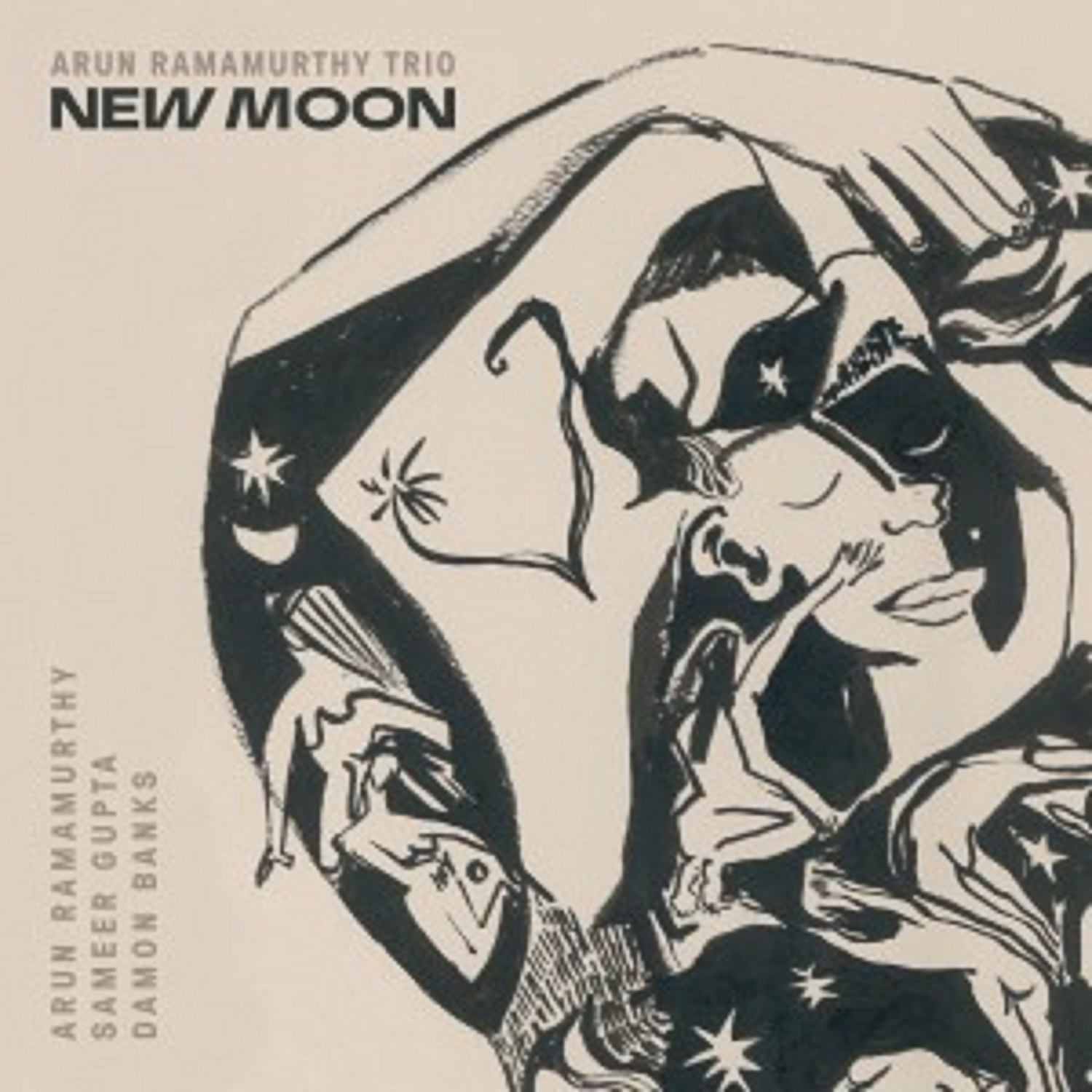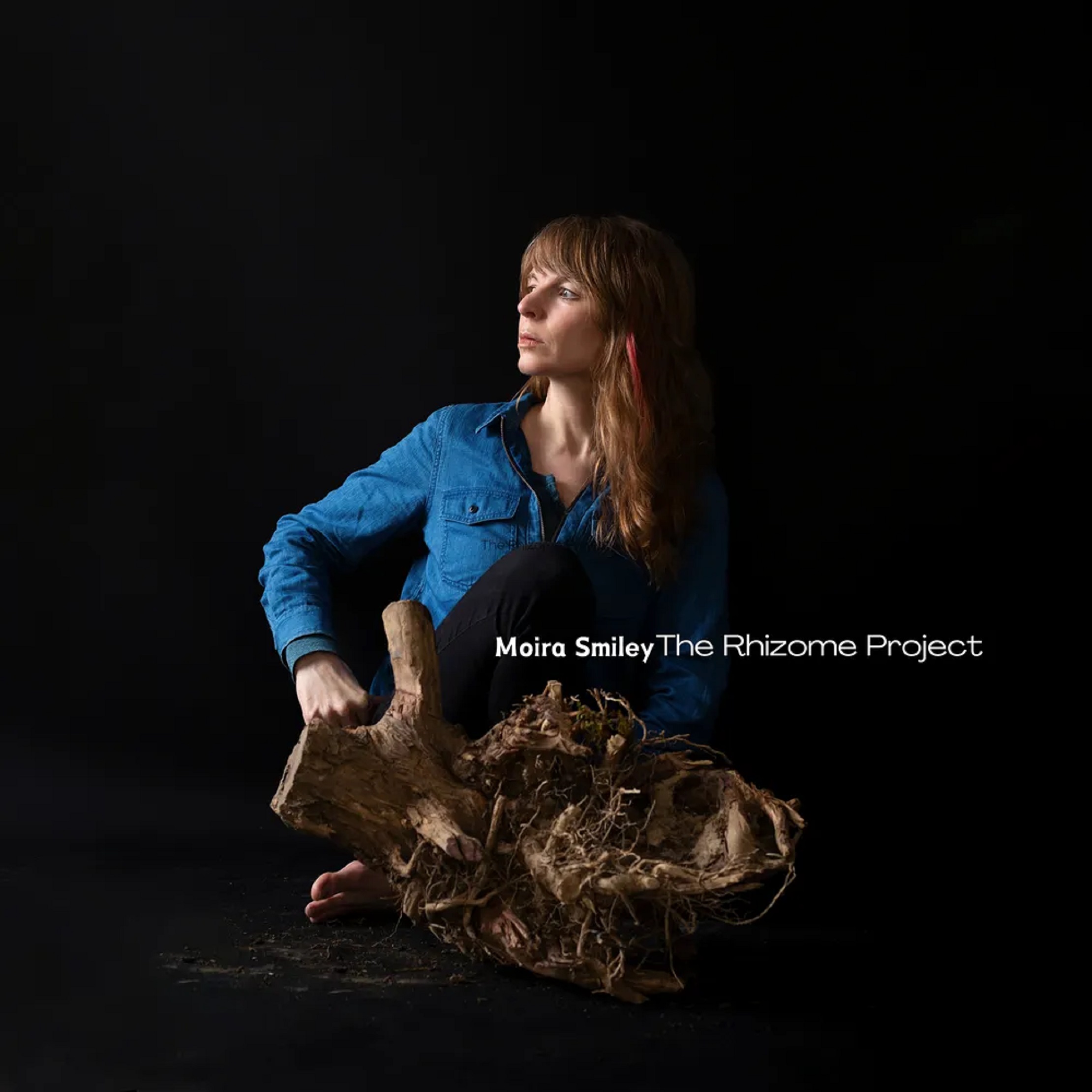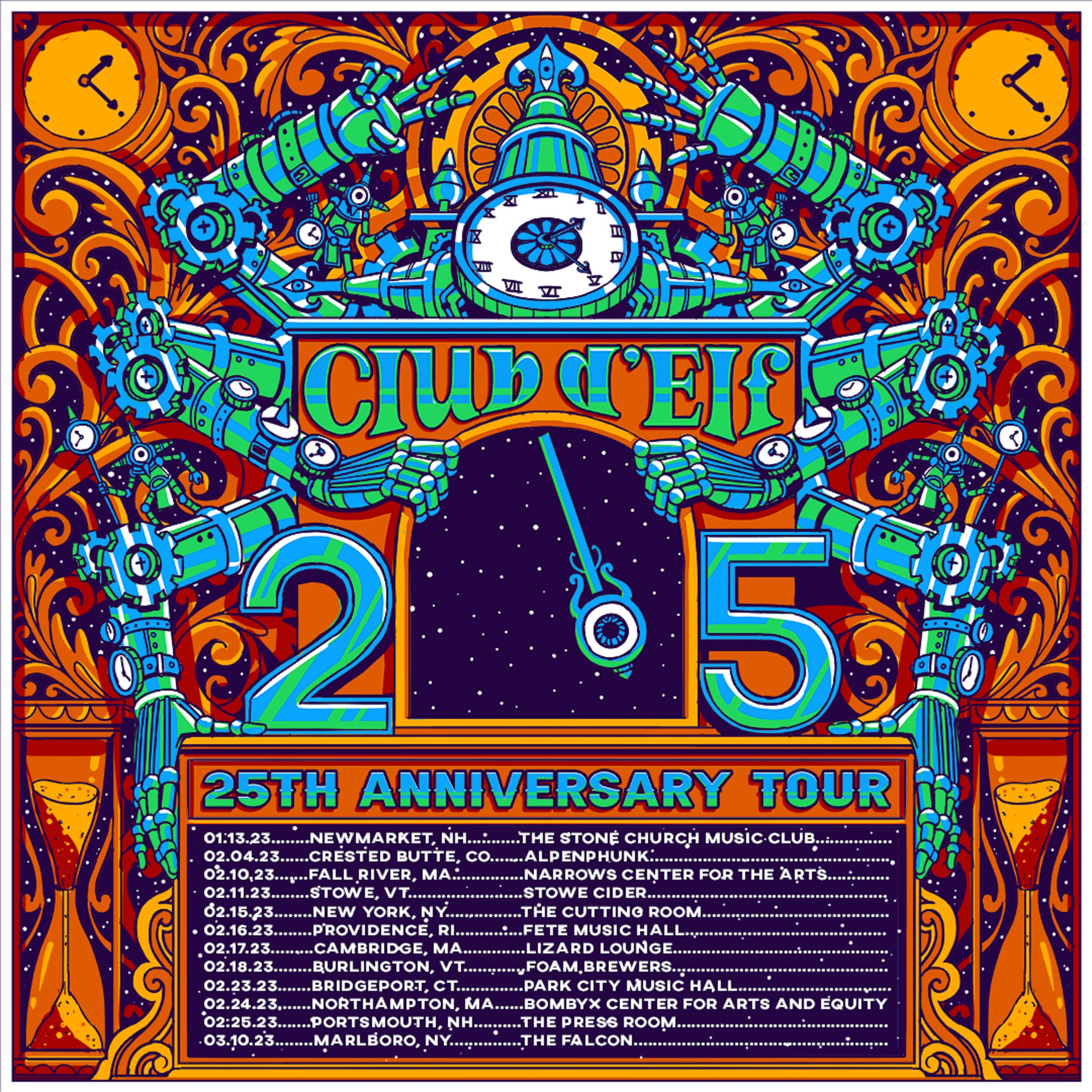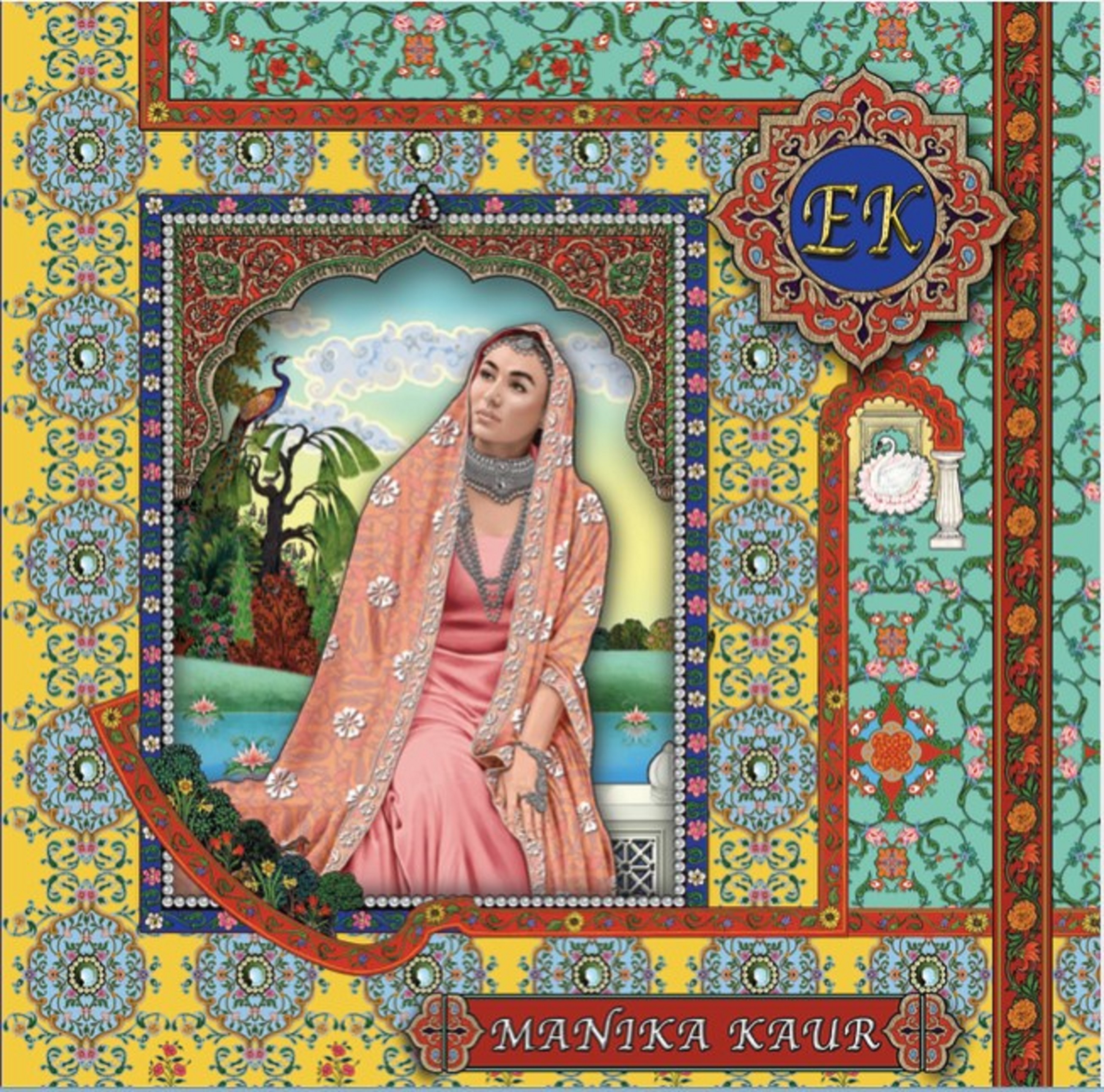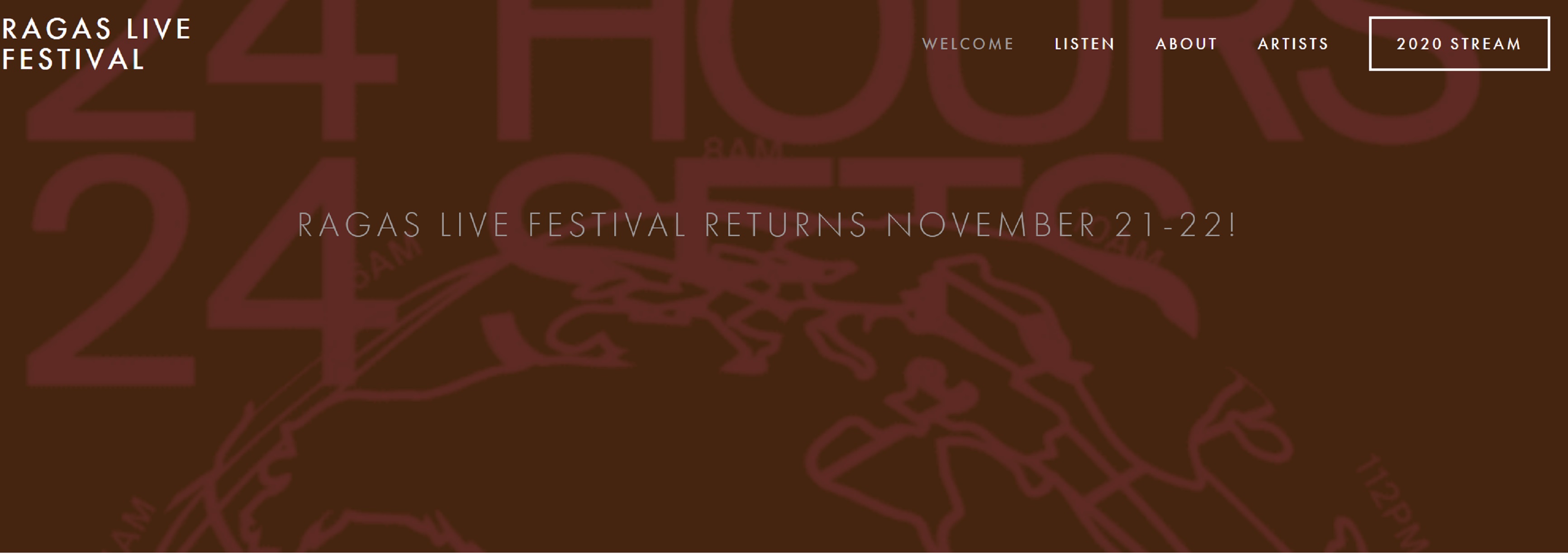The similarities between American Jazz and Indian Classical music can often be found within the spirit of the musicians themselves. The shared artistic pursuit of carefully crafting a fluent, spontaneous voice, and the deep reverence for artists who came before, are just two common threads between these kindred traditions.
At the core of the Arun Ramamurthy Trio’s new album, New Moon (Sept 20, Greenleaf Music), is the “New Moon Suite” — a four-part work that reflects on the inspiration of ancestors, family, and tradition, and how we navigate the world as multicultural beings. The suite was composed thanks to a grant from CMA's New Jazz Works program. "Amavasya," which means “new moon” in Sanskrit, is a time to acknowledge, remember, and pay tribute to the ancestors. In creating the suite, violinist and composer Arun Ramamurthy first thought of one of the most influential people in his life: his maternal grandmother, Aaji.
Growing up as the first generation of his family born in the US, Arun did not see Aaji very often. He spent about a month at a time with her every couple of years when his parents took him and his brothers to visit India. However, on a few occasions, Aaji was able to come to the US and spend several months with Arun and his family. These were important times in the development of Arun’s musicianship.
Though not a professional musician, Aaji played the violin and had a deep love for Carnatic music. In India, she taught groups of children from her town, and when she visited the US, she encouraged Arun’s playing and singing, telling Arun’s mother, a Carnatic vocalist herself, to get him started with vocal classes. She later suggested that Arun study the violin. Aaji is honored in the suite’s second movement, simply titled “Aaji.”
The first movement, “Bangalore to Brooklyn,” explores Arun’s parents’ transformational journey from India to New York City. Arun’s father left Bangalore and came to Brooklyn to work as a civil engineer at Falco Construction, where he has worked for over 50 years, laying a foundation for life in the US and ensuring the family’s steady footing in this country.
Perhaps because of the theme of a journey, the trio’s interplay and spontaneity are particularly evident in “Bangalore to Brooklyn.” The track serves as a fitting first movement, drawing the listener into the New Moon Suite. The song begins with a collective alap—the improvised section of a raga that forms a prologue to the formal expression. Traditionally, only a soloist performs the alap, but here, the trio interacts spontaneously, responding to one another while exploring the Saraswathi raga. After this introduction, bassist Damon Banks sets up a groove that propels Arun into soaring heights of improvisation, adroitly underpinned by longtime collaborator Sameer Gupta on drums. A brief korvai concludes the song, with all members playing an energetic unison line before segueing into “Aaji.”
New Moon is the second release from the Arun Ramamurthy Trio, and it’s clear from the album that the group has reached a level of musical comfort with each other. The listener can sense the connection in the recording studio, with a genuine sense of spontaneity and a readiness to adjust in the moment. Carnatic music and jazz are kindred spirits, sharing a philosophy of awareness among musicians and a deep reverence for the elders who shaped their music. Arun Ramamurthy Trio’s New Moon presents musical practitioners at the highest level of their art, seamlessly blending Carnatic music and jazz in an exciting continuation of both traditions.





